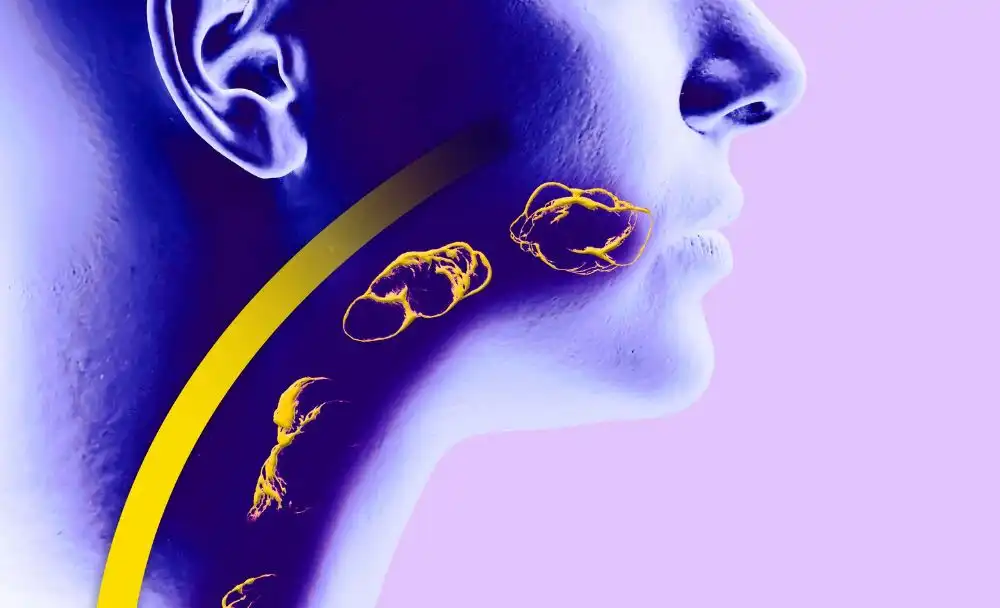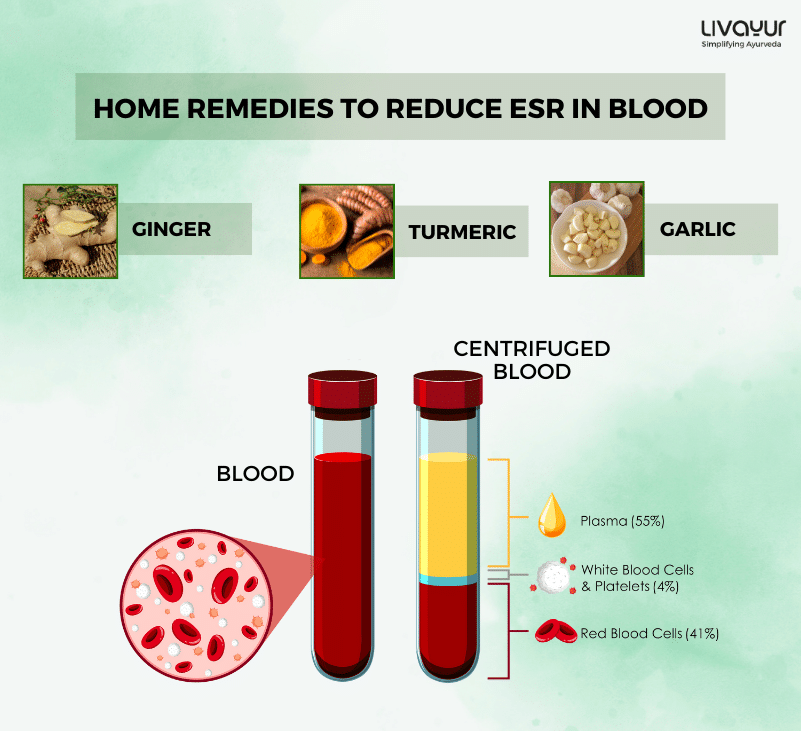This article has been reviewed by experts

Eosinophils are a type of white blood cell that helps the body fight infections and diseases. They’re important for fighting parasites, like worms, and allergic reactions. Eosinophils have special granules that contain chemicals that can kill parasites and other harmful substances, which attract other immune cells to the area to help fight the infection.
In this blog, we will discuss how to distinguish a normal eosinophil count, its causes, and some symptoms to know. This information will help you to take corrective action if your eosinophil count is abnormal.
What is a Normal Eosinophil Range?
A normal eosinophil count in the blood is typically less than 550 cells/L (microliter). Depending on the laboratory reference values used, this range may vary. However, eosinophilia is diagnosed when an individual’s eosinophil count exceeds this threshold and exceeds 550 cells/L.
There are three types of eosinophilia: mild, moderate, and severe. Mild eosinophilia is defined as a count of 550-1,500 cells/L, moderate eosinophilia as 1,500-5,000 cells/L, and severe eosinophilia as counts greater than 5,000 cells/L. [1]
What are a High Eosinophils Count?
A person is considered to have a high eosinophil count when they have an abnormally high number of eosinophils in their blood. Generally, a normal count for eosinophils varies depending on the anatomical location and geographical region, but a full blood count with more than 0.5 × 10^9 eosinophils per litre is considered high eosinophilia. [3]
What is a Low Eosinophils Count?
A low eosinophil count refers to a lower-than-normal number of eosinophils in the blood. Eosinophils are a type of white blood cell that play a crucial role in the immune system’s response to parasitic infections and allergic reactions. Several factors can contribute to a low eosinophil count, including specific medications, autoimmune disorders, and viral infections. [9]
Causes of Eosinophils
The causes of eosinophils include allergic reactions, infections, autoimmune diseases, cancer, and other conditions. Here are some of the specific causes of eosinophils in more detail:
1. Allergic diseases such as asthma and atopic dermatitis.
2. Parasitic infections.
3. Autoimmune diseases.
4. Certain forms of cancer such as Hodgkin’s lymphoma and some leukemias. [4]
5. Eosinophilic gastrointestinal disorders. [5]
6. Eosinophilia-myalgia syndrome due to excessive L-tryptophan intake. [6]
7. Paraneoplastic eosinophilia in lung cancer patients. [7]
Symptoms of Eosinophils
The symptoms of eosinophilia can vary depending on the patient’s age and the severity of the condition. Here are several symptoms that may be associated with eosinophilia:
1. Dysphagia: Difficulty swallowing
2. Food impaction: Blockage of food in the throat or oesophagus.
3. Chest pain: Discomfort or pressure in the chest area.
4. Heartburn: A burning sensation in the chest, often caused by stomach acid reflux.
5. Nausea: Feeling of sickness or nausea.
6. Vomiting: Expelling the contents of the stomach through the mouth.
7. Abdominal pain: Discomfort or cramping in the stomach area.
8. Poor appetite: Reduced desire or interest in eating.
9. Child Growth Challenges: Insufficient growth or development in young individuals.
Eosinophilia manifests differently in each patient, and the severity of these symptoms can vary. It is crucial to consult a healthcare professional for an accurate diagnosis and appropriate treatment. [8]
Eosinophils and Ayurveda
In Ayurveda, eosinophils are considered to be a marker of Vata imbalance. Vata is one of the three doshas, or fundamental energies, that govern the body. It’s associated with movement, transformation, and change. When Vata is imbalanced, it can lead to a variety of symptoms, including allergies, asthma, and eczema. [2]
Conclusion
In conclusion, eosinophils, a crucial type of white blood cell, play a multifaceted role in our immune system. They combat infections, particularly parasites, and are key players in allergic reactions. In the realm of Ayurveda, eosinophil counts are seen as indicators of Vata imbalance, associated with various health issues like allergies and asthma.
Understanding what constitutes a normal eosinophil range is essential. Generally, a count below 550 cells per microliter is considered normal. However, eosinophilia, the condition of elevated eosinophil levels, is diagnosed when this threshold is exceeded, with varying degrees of severity.
A high eosinophil count, indicative of high eosinophilia, can have different thresholds depending on geographical regions, but it typically signifies an abnormal elevation in eosinophil levels. Conversely, a low eosinophil count can signal various underlying issues, including medication side effects and infections.
The causes of eosinophilia encompass a wide range of factors, from allergic diseases and infections to autoimmune conditions and even certain forms of cancer. Recognizing these underlying causes is crucial for effective management.
Lastly, the symptoms associated with eosinophilia can vary widely, impacting different bodily functions, from difficulty swallowing and chest discomfort to gastrointestinal issues and poor appetite. Recognising these symptoms is vital for timely intervention and appropriate medical care. Understanding and monitoring your eosinophil count can help you take proactive steps towards maintaining your overall health and well-being.
FAQs
1. What Are Eosinophils, And What Is Their Role In The Body’s Immune System?
Eosinophils are a type of white blood cell that plays a crucial role in the immune system. They are primarily responsible for combating parasitic infections and allergic reactions by releasing chemicals that can kill parasites and attract other immune cells to the area.
2. What Is The Normal Range For Eosinophil Count In The Blood?
The normal eosinophil count in the blood is typically less than 550 cells per microliter. However, this range may vary slightly depending on the laboratory reference values used.
3. What Is Considered A High Eosinophil Count, And What Does It Indicate?
A high eosinophil count is generally defined as having more than 0.5 × 10^9 eosinophils per litre of blood. It can indicate various underlying health issues, including allergies, infections, autoimmune diseases, and more.
4. What Are The Common Causes Of Eosinophilia?
Eosinophilia can be caused by a range of factors, including allergic diseases (such as asthma), parasitic infections, autoimmune diseases, certain types of cancer (like Hodgkin’s lymphoma), and eosinophilic gastrointestinal disorders, among others.
5. What Are The Symptoms Associated With Eosinophilia?
The symptoms of eosinophilia can vary widely and may include difficulty swallowing, chest pain, heartburn, nausea, vomiting, abdominal pain, poor appetite, and growth challenges in children. The severity of these symptoms can vary from person to person.
Disclaimer: This article is written from a health and lifestyle perspective. It is for general information and not meant to substitute any medical advice. Please consult your doctor for appropriate medical consultation.
References
- https://www.ncbi.nlm.nih.gov/pmc/articles/PMC5293177/
- https://www.ncbi.nlm.nih.gov/pmc/articles/PMC3336760/pdf/ASL-2-194.pdf
- https://www.ncbi.nlm.nih.gov/pmc/articles/PMC7102313/
- https://pubmed.ncbi.nlm.nih.gov/23368869/
- https://pubmed.ncbi.nlm.nih.gov/28370248/
- https://www.ncbi.nlm.nih.gov/pmc/articles/PMC7102313/
- https://www.ncbi.nlm.nih.gov/pmc/articles/PMC3573146/
- https://pubmed.ncbi.nlm.nih.gov/29022245/
- https://pubmed.ncbi.nlm.nih.gov/36343688/

















